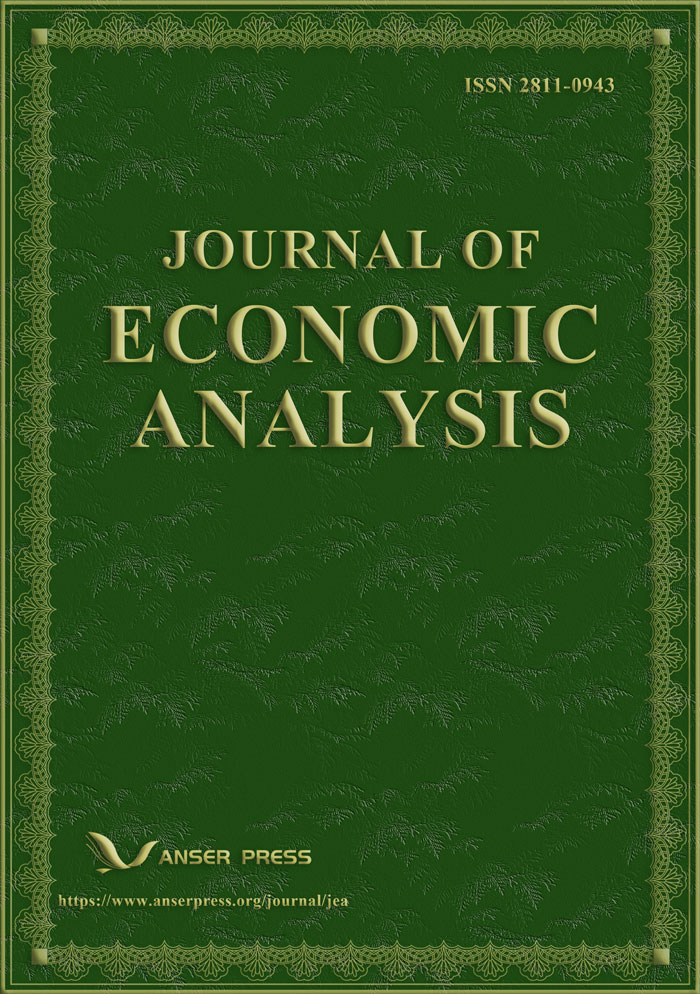An Operational Framework for a Low-carbon, Green Growth Economy: CO-STIRPAT Dynamic System
Abstract
This paper presents an operational framework for assessing the trajectories of production, energy, emissions, and capital accumulation to ensure the implementation of Nationally Determined Contributions (NDCs). The framework combines widely used methodologies (STIRPAT, system dynamics, and optimization) to simulate the pathways of variables until a target year. The CO-STIRPAT dynamic system allows us to identify the spillover pathways from carbon policy to economic growth based on output optimization principles; to conduct a more systematic analysis of the interconnections between the main drivers that determine carbon emissions; to develop a cost-effective climate policy mix that is a backbone for the right combination of carbon pricing, energy efficiency, and carbon intensity; and to assess NDC targets with respect to ambition gaps, implementation gaps, and feasibility.
Cite This Paper
Jin, I. (2024). An Operational Framework for a Low-carbon, Green Growth Economy: CO-STIRPAT Dynamic System. Journal of Economic Analysis, 3(4), 79. doi:10.58567/jea03040005
Jin, I. An Operational Framework for a Low-carbon, Green Growth Economy: CO-STIRPAT Dynamic System. Journal of Economic Analysis, 2024, 3, 79. doi:10.58567/jea03040005
Jin I. An Operational Framework for a Low-carbon, Green Growth Economy: CO-STIRPAT Dynamic System. Journal of Economic Analysis; 2024, 3(4):79. doi:10.58567/jea03040005
Jin, Ick 2024. "An Operational Framework for a Low-carbon, Green Growth Economy: CO-STIRPAT Dynamic System" Journal of Economic Analysis 3, no.4:79. doi:10.58567/jea03040005
